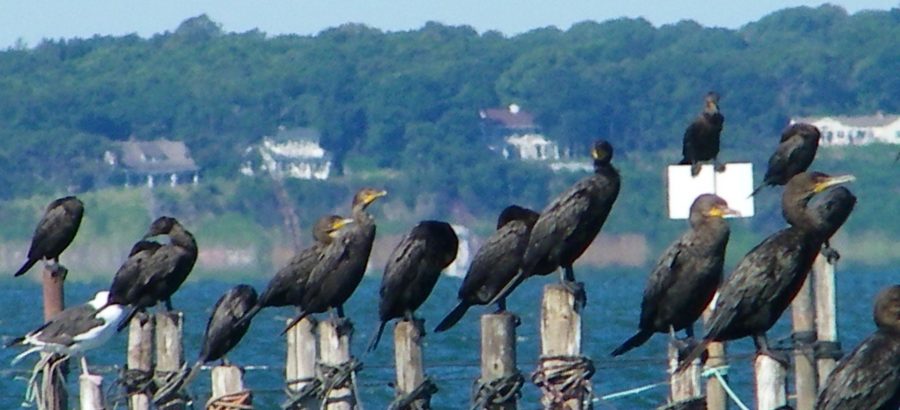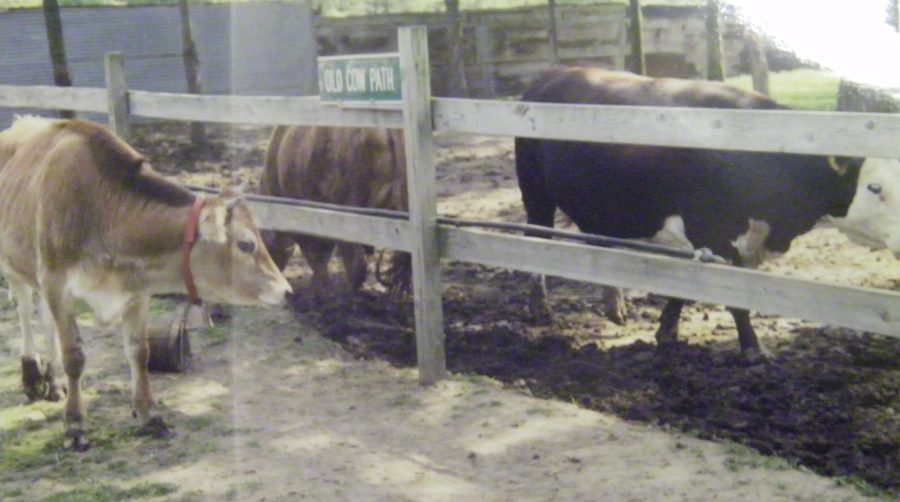The fall festival prompted the taste for a frank. I want a frank on a soft bun slathered with mustard. So I buy the frank and a beer and go sit on a bench near the gazebo with music and the rest of the crowd. I try to open the mustard packet but no luck. I try both ends looking for the tear spot. I try again. I can’t open the mustard packet! Now I’m getting impatient. I can taste the mouth-watering mustard-clad hotdog and feel the soft bun melt in my mouth.
But with no mustard, I am frustrated. I can’t eat a hot dog without mustard! I begin to shake as I imagine myself bringing this morsel of comfort food and delight up to my wide open mouth and closing my jaw around this treat.
I’ve thought about this for almost an hour. I am expectant and excited. I grab the packet and tear it open with my teeth which is difficult. Finally I see it, that mustard color and smell that mustard smell. I spread it on the brown tube of meat and know that I am close, very close to the first bite. But, but, but, the mustard only covers half the dog. I tear open a second packet with more gusto, having given up on where to tear. I smear mustard on the rest of the dog squeezing as hard as possible to get as much mustard out of the impossible difficult to open pack I take a sip of beer, take a deep breath, and the time has finally arrived. I slowly raise my hand and bun and frank and mustard to my open mouth and squash the soft bun, teeth sinking into the warm frank, and my happy tongue savoring the taste of mustard. My taste buds reconnecting with that mustard taste . The satisfaction is overwhelming. The whole struggle of all those moments of frustration has come down to the thirty seconds it took to devour, vanquish, destroy the object of my desire…a simple hotdog on a bun with mustard.




